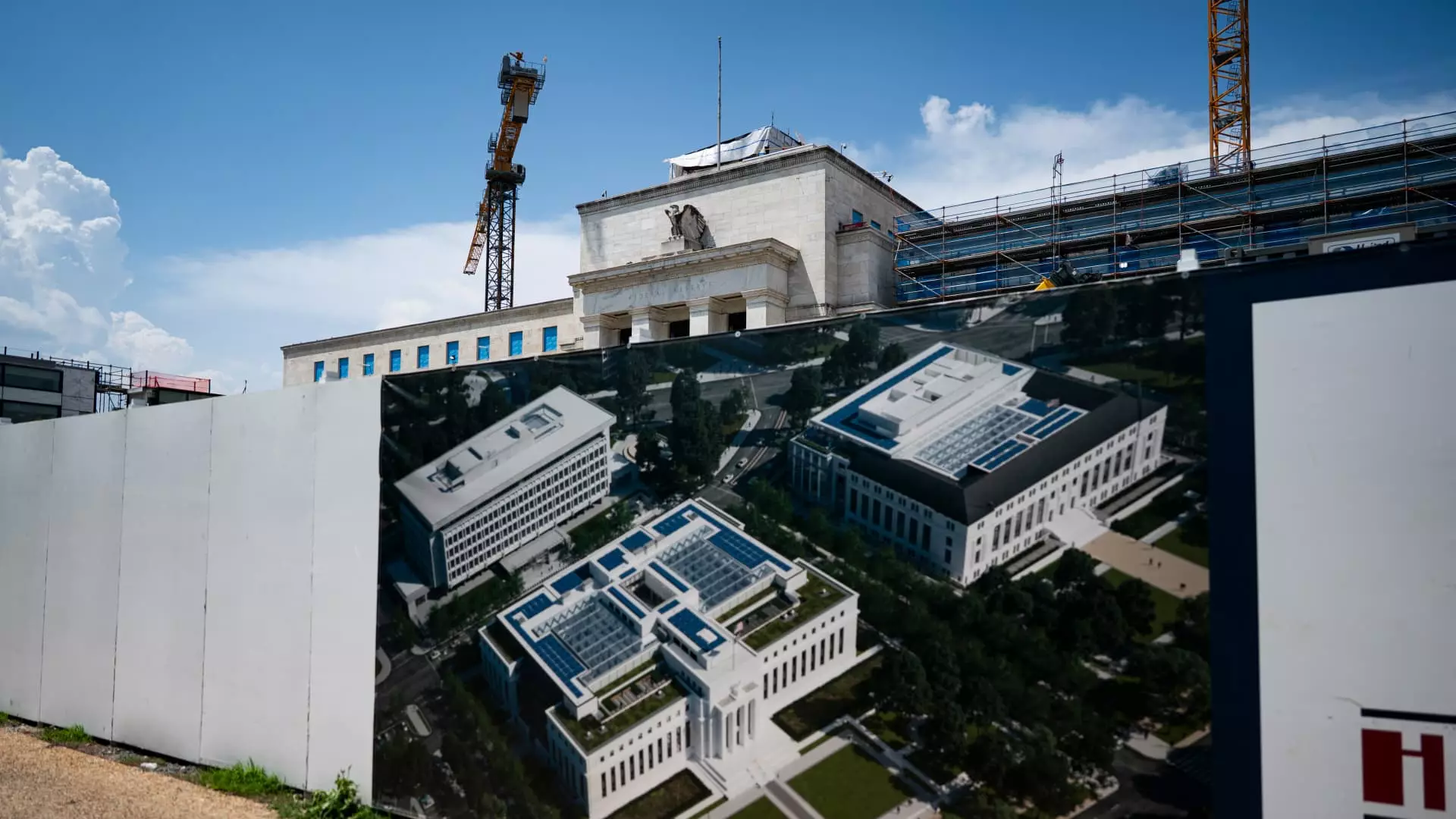In the midst of growing political tensions, the Federal Reserve’s recent building expansion has become a lightning rod for criticism and debate. While the Fed operates independently from congressional oversight, the sheer scale of the project—initially priced at $2.5 billion—has ignited fears of unchecked fiscal excess. Critics argue that a supposed lack of oversight, coupled with substantial cost overruns, exposes vulnerabilities in how the central bank manages its infrastructure. The fundamental concern is whether the Fed’s autonomy is being misused to justify lavish spending, especially when much of this is perceived to lack transparency or proper accountability.
The decision by Fed Chair Jerome Powell to involve the inspector general signals an acknowledgment that scrutiny is necessary. However, this move can be interpreted in multiple ways: some see it as a genuine attempt at transparency, while others interpret it as damage control amid mounting scrutiny. The irony lies in the fact that the Federal Reserve, an institution designed to ensure financial stability, is embroiled in a controversy that puts its internal management under question. The broader debate revolves around the limits of its independence—whether it should be subject to the same checks and balances as other government agencies or remains a largely autonomous entity wielding significant financial authority without the requisite oversight.
Costly Decisions and Public Perception
The crux of the controversy centers around the rising costs and alleged mismanagement of the project. Initially pegged at $2.5 billion, the bill has ballooned, fueling accusations from political figures of fiscal irresponsibility. Critics like President Trump and others have accused the Fed of “fundamental mismanagement,” raising concerns about whether such spending aligns with its mandate or simply reflects an obsession with modernization that overlooks prudent financial practices.
The Federal Reserve defends the project by citing necessary upgrades—remediation of safety hazards like asbestos and lead, bringing buildings up to code, and ensuring efficient operation. Yet, the tone of controversy demonstrates a skepticism of these explanations, framing the expansion as a luxury that the public cannot justify during uncertain economic times. The fiscal narrative is further complicated by the fact that the Fed is not taxpayer-funded, which raises questions about the perception of excesses of power and the lack of direct taxpayer accountability.
Implications for Future Central Bank Transparency
This episode highlights a broader issue within the global financial landscape: how independent institutions manage their resources and communicate with the public. The Fed’s detailed FAQs aim to clarify its intentions and justify the expenses, but such transparency often falls short amid political noise and budget overruns. As debates intensify, it becomes clear that the perception of prudence and accountability is just as critical as the actual financial decisions made behind closed doors.
In my opinion, the controversy underscores a fundamental tension in modern governance—how to balance institutional independence with the need for democratic accountability. The Fed’s expansion project could either be viewed as a necessary modernization effort or as emblematic of unchecked institutional arrogance. Moving forward, the challenge lies in fostering transparency and public trust, not only through detailed disclosures but also through accountable decision-making that aligns with the broader economic interests of the nation. Without this balance, the integrity of such institutions risks erosion, ultimately impacting their legitimacy and the stability they are meant to uphold.

